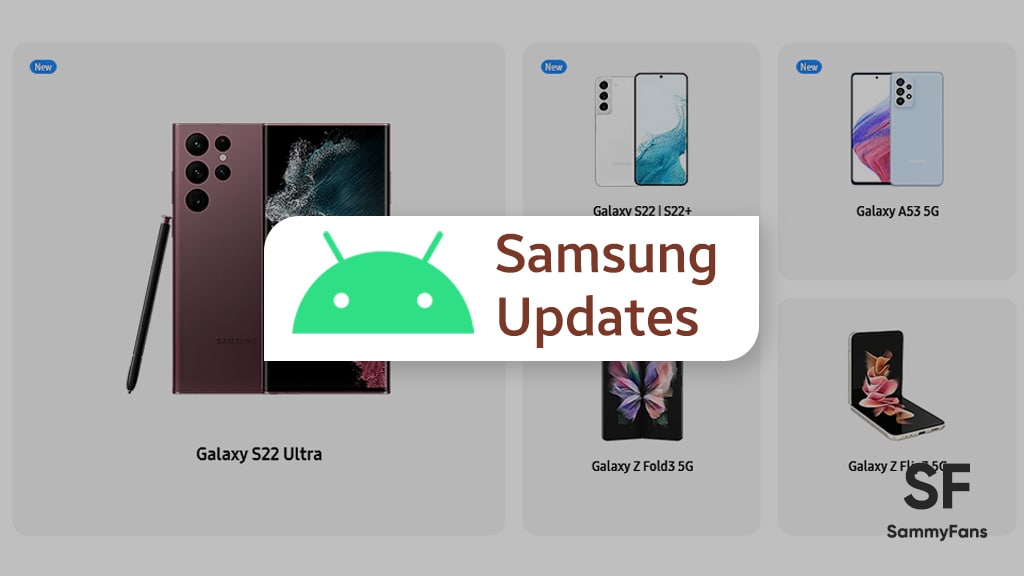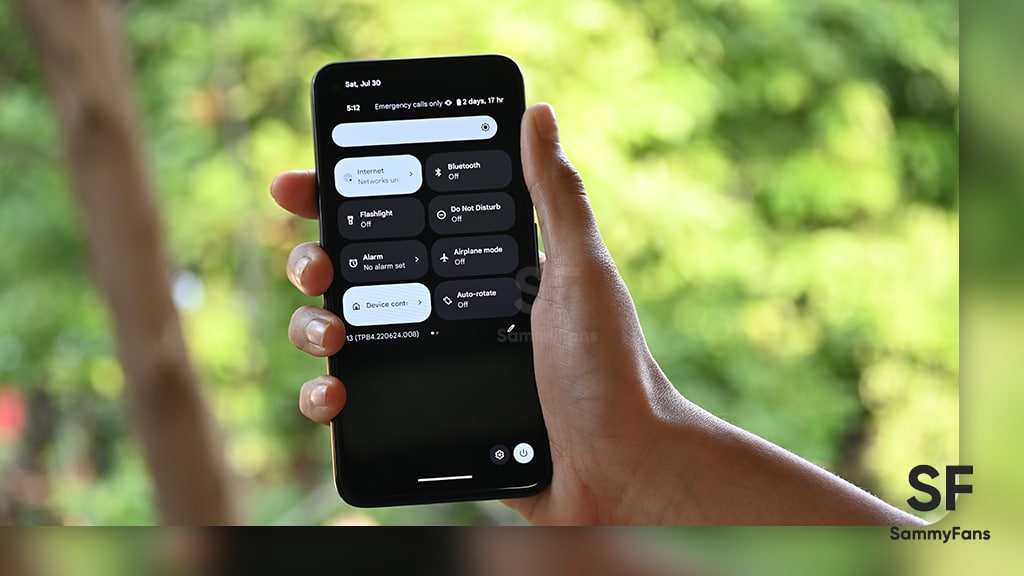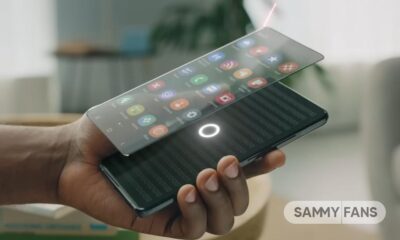Android
Are you satisfied with Android updates for your Samsung phone?

Worldwide, Samsung ships the highest number of smartphones! It is an undisputed king in the Global smartphone market due to various reasons such as Android updates advantage for the Galaxy devices, which play a key role in keeping Samsung ahead of its rivals.
Over the past three years, Samsung has just amazed both industry giants: Google and Apple with its rapidly growing Android & software updates support. Prior to the launch of the Galaxy Note 20 series, the South Korean tech giant was committed to delivering two OS upgrades to every Galaxy device.
Setting a new example, Samsung announced to bring at least three years of OS upgrades support for the flagship Galaxy devices launched with Android 9-based One UI, which included the Galaxy S10 and later devices. Well, the company didn’t find 3 upgrades enough and expanded it to four earlier this year.
During the Galaxy S22 series launch event, Samsung confirmed that the Galaxy devices will now have even more Android OS upgrades support. The new policy guarantees up to four generations of major OS upgrades to the flagship devices, starting with the Galaxy S21 series.

In addition to the mainstream Galaxies, the company included the premium Galaxy A series phones as well as the Galaxy A53 and Galaxy A73 for the massive four Android updates criteria. Such kind of Android support even surpassed the maker of the world’s most famous mobile platform.
While the Galaxy S21 series became eligible for an additional year of Android upgrade, Samsung has not included the Galaxy S20 and Galaxy Note 20 flagships, which are even more expensive and more important than the Galaxy S21 FE. To be mentioned the Galaxy S21 FE will also get a total of four OS upgrades.
The Galaxy S20 and Galaxy Note 20 series users might surely see themselves distressed as Samsung is offering up to four OS upgrades to the mid-range Galaxy A53 and Galaxy A73 smartphones. And really, the company has indirectly joined S20 and Note 20 lineups similar to the A52 and A73, at least, when it comes to OS support.
What do you think about Samsung’s software support? Are you satisfied with the Android updates for your Galaxy smartphone? Feel free to share your throughs with us via social media or the Twitter poll mentioned below.
Are you satisfied with Android updates for your Samsung phone? #Samsung #Android
Read here: https://t.co/97CHcGErxJ— Sammy Fans (@thesammyfans) August 6, 2022
Android
Google unveils Android 16 Developer Preview with exciting features

Google has kicked off the Developer Preview for Android 16, arriving earlier than expected. Usually, these previews begin in February, but Android 16 DP1 is launching three months ahead of schedule this year.
The earlier release of the DP1 is because Google has moved the official Android 16 release from the third quarter to the second quarter of 2025. It aims to ensure that more devices get access to the major Android updates sooner.
Android 16 DP1 is available for several Pixel devices, including the pixel 6, Pixel 6 Pro, Pixel 6a, Pixel 7, Pixel 7 Pro, Pixel 7a, Pixel Tablet, Pixel Fold, Pixel 8, Pixel 8 Pro, Pixel 8a, Pixel 9, Pixel 9 Pro, Pixel 9 Pro XL, and Pixel Pro Fold, as well as the Android Emulator. It can be identified through version BP21.241018.009.
![]()
The Android 16 Developer Preview brings new features for app developers. It brings a system photo picker that will help apps give users a smoother, more integrated way to select photos without needing extra permissions.
Another new feature is Health Connect, which lets apps access and manage medical records in FHIR format, but only with user permission. The update also includes the latest version of the Privacy Sandbox for privacy protection.
This preview program runs from November 2024 until the final public release next year. Android 16 Beta Program will begin in January, with the final stable release expected in Q2 of 2025. Stay tuned for more updates.
Android 16 to make Quick Settings access easier with one-finger swipe
Android
Google’s Android 15 QPR2 Beta 1 update is now available

Google has released the first beta of Android 15 QPR2 for Pixel users. The update can be identified via build version BP11.241025.006. However, users are also waiting for the stable release of Android 15 QPR1 in December this year.
Android 15 QPR2 Beta 1 update comes with the November 2024 security patch. It is available for a wide range of Pixel devices, including Pixel 6, Pixel 6 Pro, Pixel 6a, Pixel 7, Pixel 7 Pro, Pixel 7a, Pixel Tablet, Pixel Fold, Pixel 8, Pixel 8 Pro, Pixel 8a, Pixel 9, Pixel 9 Pro, Pixel 9 Pro XL, and Pixel 9 Pro Fold, as well as the Android Emulator.
Quarterly Platform Releases are updates that bring more noticeable changes and new features compared to the usual monthly bug fixes. These updates are perfect for testing out bigger UI changes or new features that don’t need to wait for a full Android version release.
![]()
The QPR2 Beta 1 is the second major update for Android 15, with the final version expected to launch in March 2025 (via 9to5Google). This update brings the usual bug fixes, security enhancements, and new features to test.
Users participating in the beta program are advised to report any issues via the Android Beta Feedback app, easily accessible through the app drawer or Quick Settings. Install the update now to get an enhanced experience.
Android 16 to make Quick Settings access easier with one-finger swipe
Android
Android 16 to make Quick Settings access easier with one-finger swipe

Google is reportedly going to bring an interesting change with Android 16, which will no longer require two fingers to pull down the Quick Settings panel. Previously, there were concerns that users would need to swipe down with two fingers to bring up the Quick Settings. Fortunately, Google has decided to simplify this process.
With Android 16, accessing the Quick Settings will only require a single-finger swipe down on the right half of the status bar. The one-finger swipe access aligns it more closely similar to other Android manufacturers, like OnePlus and Samsung, have designed their systems.
Several users didn’t like the idea of needing two fingers to swipe down, as it felt more awkward and less convenient. By switching to a single-finger swipe for Android 16, Google will make it easier for users to manage their settings with less effort. A well-known tipster Mishaal Rahman (via Android Authority) spotted the code for this Quick Settings change.

However, the new design still lacks the ability to swipe seamlessly between the notifications and Quick Settings panels. Hopefully, Google will add this feature before the official release.
In addition to the swipe change, Android 16 will introduce resizable Quick Settings tiles and better categorization to help users find specific settings more easily.
However, these features are still being worked on and may not be fully ready in the current beta. They are expected to roll out in the final Android 16 release, which is expected in mid-2025.












